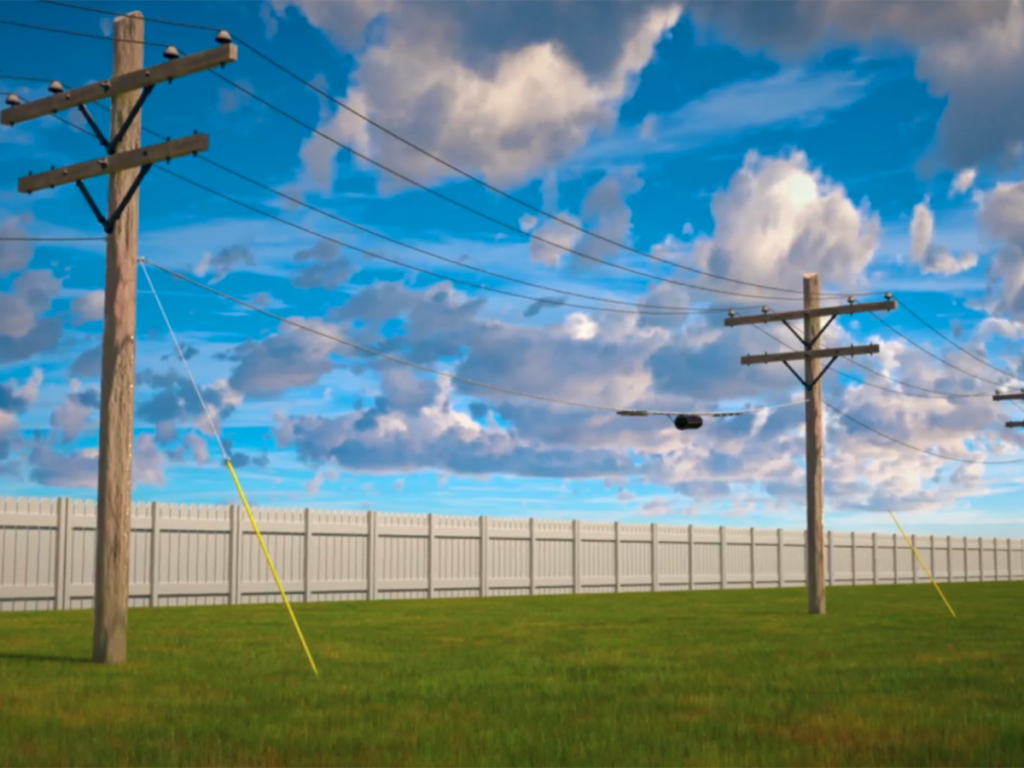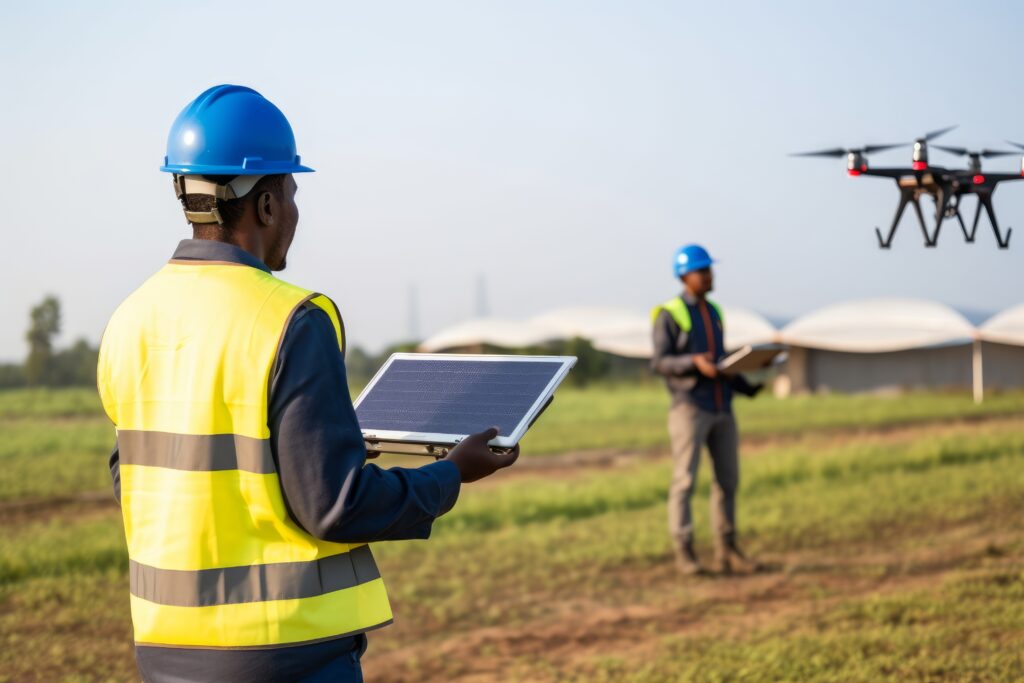No products in the cart.
Aerial Fiber and Underground Fiber: Key Considerations for Your Next Project
Home Aerial Fiber and Underground Fiber: Key Considerations for Your Next Project
- Home
- Resource Hub
- Millennium Blog
- Aerial Fiber and Underground Fiber: Key Considerations for Your Next Project
In the realm of fiber optic telecommunications, the decision between aerial and underground fiber deployment is a critical one, influencing everything from project timelines to overall costs and network resilience. Each method presents unique advantages and challenges, making it essential to carefully weigh your options based on your project’s specific needs. Here’s a detailed exploration of factors to consider when determining the best method for your next fiber build:
Aerial Fiber Deployment: Fast, Cost-Effective, and Expandable
Aerial fiber installation involves mounting fiber optic cables on existing utility poles using lashing wire or All-Dielectric Self Supporting (ADSS) cables. This method leverages existing infrastructure, such as telephone poles, which speeds up deployment and avoids the complexities and costs associated with underground excavation and permits. Here’s a closer look at its key attributes:

Advantages:
- Speed and Cost: Utilizing existing infrastructure minimizes ground disruption and labor costs associated with trenching or boring.
- Expandability: Easily add additional cables to existing networks, facilitating future expansions with relative ease.
- Technological Advancements: Innovations like drone-assisted installations streamline surveying, planning, and cable installation, enhancing efficiency and accuracy.
Challenges:
- Make Ready Process: Securing pole attachment agreements and preparing existing poles for new attachments can be time-consuming and varies by pole owner, potentially delaying project timelines.
- Environmental Vulnerabilities: Susceptibility to weather conditions and wildlife impact maintenance costs and network reliability, particularly in remote or adverse weather-prone areas.
The Future of Aerial Fiber Installation: Harnessing Drone Technology

Drone technology is revolutionizing how we deploy aerial fiber optics, enhancing speed, efficiency, and cost-effectiveness. Modern drones equipped with AI, high-resolution cameras, and mechanical arms streamline every phase of fiber deployment. Here’s how drones are transforming fiber installation:
- Surveying: Drones gather precise data for route planning and obstacle detection.
- Planning: AI processes data to optimize fiber routes and network reliability.
- Installation: Drones automate cable placement, reducing human error.
Benefits of Drone Deployment
- Speed: Faster installation compared to traditional methods.
- Cost Savings: Lower labor and equipment expenses.
- Flexibility: Adaptable to urban and rural environments, supporting scalability.
Underground Fiber Deployment: Appeal and Enhanced Protection
Conversely, underground fiber deployment entails burying fiber optic cables within conduits through methods like trenching or boring. This method prioritizes aesthetic considerations and offers greater protection against environmental factors. Here’s a breakdown of its key attributes:

Advantages:
- Aesthetics and Reliability: Maintains visual appeal by keeping networks out of sight, complying with municipal ordinances and reducing service disruptions caused by weather.
- Environmental Protection: Shields cables from weather-related damage and reduces the risk of service interruptions due to external factors.
- Long-term Durability: Offers longevity and minimal maintenance requirements once installed, suitable for diverse geographic terrains.
Challenges:
- Higher Initial Costs: Requires significant upfront investment for excavation, conduit installation, and securing rights-of-way (ROW), particularly in challenging terrains.
- Complex Permitting: Obtaining permits and easements for underground installations can be bureaucratic and time-intensive, potentially delaying project timelines.
For information and tips on pulling and blowing fiber read our 3-part series “Pulling vs. Blowing Fiber: A Beginner’s Guide”
Choosing the Right Method for Your Project
The decision between aerial and underground fiber deployment hinges on balancing these factors against your project’s specific requirements. For urban settings where aesthetics and reliability are paramount, underground deployment may be preferable despite higher initial costs. In contrast, rural or suburban areas with existing pole infrastructure may find aerial deployment more cost-effective and quicker to implement.
At Millennium, we understand the complexities of fiber optic network deployment. With over 20 years of industry experience and a robust network of partnerships, we offer comprehensive resources—from planning and financing to equipment rentals and materials—to support your project at every stage. Whether you opt for aerial, underground, or a hybrid approach, trust Millennium to deliver innovative solutions that meet your connectivity needs efficiently and effectively.
For more insights on optimizing your fiber deployment strategy, contact us today or visit our website to explore our full range of broadband solutions.
- Feasibility Studies & Network Design Plans
- Financing & Grants
- Project Resource Management
- Material Supply & Logistical Planning
- Equipment Leasing & Rentals
Sources: https://www.citytech.org/reaching-new-heights-drone-applications-for-infrastructure Retrieved 5/20/24. https://medium.com/@somasundaramr/the-drone-uses-in-telecom-inspection-in-todays-world-4b8f2dc1f71c#:~:text=Fiber%20Optic%20Cable%20Inspection%3A%20Drones,effort%20compared%20to%20manual%20inspections Retrieved 5/20/2024. https://www.techtarget.com/searchdatacenter/definition/edge-computing Retrieved 5/30/24.



